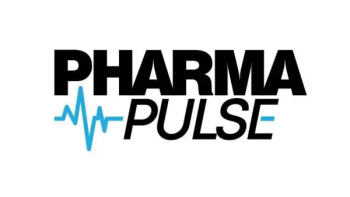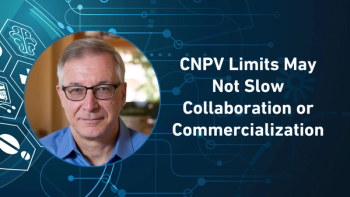
Building Inventory and Navigating FDA Hurdles in a Tariff-Driven Market
In the second part of his video interview with Pharma Commerce Editor Nicholas Saraceno, Brad Stewart, BDO’s national life sciences co-leader, comments on how pharma companies should prioritize reshoring strategies in response to these tariff threats, especially when infrastructure isn’t yet in place.
In a video interview with Pharma Commerce, Brad Stewart, BDO’s national life sciences co-leader, describes how a proposed 200% tariff on pharmaceutical imports could have significant short- and long-term impacts on US drug manufacturing and distribution, with immediate concerns focused on the stability of the generic drug market. According to Stewart, generic drugs make up the majority of medications used in the United States, but they are highly vulnerable to shortages because many become sole-source products after their initial launch. Within a few years of going generic, multiple manufacturers often consolidate into a single supplier due to limited demand and low margins. This leaves the supply chain fragile, as any disruption—such as shortages of active pharmaceutical ingredients (APIs), manufacturing conflicts, or facility issues—can quickly lead to supply gaps. The pandemic underscored these vulnerabilities.
In the short term, Stewart warns that a 200% tariff would exacerbate these challenges by increasing the costs of imported generics, which are critical for maintaining affordable drug access. This could limit availability and raise costs for patients, providers, and insurers, leading to potential shortages and higher out-of-pocket expenses.
Longer term, tariffs of this magnitude would likely drive a rise in overall drug prices in the United States. Companies would have little choice but to pass on increased costs to consumers, insurers, and healthcare systems. While patients might not feel the impact immediately due to insurers absorbing costs, premiums, and healthcare charges would eventually rise.
Stewart emphasizes that reshoring pharmaceutical manufacturing is not a quick fix. Building new manufacturing facilities or scaling domestic production requires a long lead time—typically three to five years—and involves complex regulatory and logistical challenges. As a result, while tariffs may encourage companies to explore onshoring, significant capacity expansion is unlikely to occur in the near term.
Stewart also comments on the internal constraints that nearly a quarter of life sciences CFOs are reporting as their biggest manufacturing obstacle; how artificial intelligence can help support pharma leaders in managing their supply chains; and much more.
A transcript of his conversation with PC can be found below.
PC: How should pharma companies prioritize reshoring strategies in response to these tariff threats, especially when infrastructure isn’t yet in place?
Stewart: I think people have figured out what they can do, and so we've seen companies make the decision to start to increase the amount of inventory they keep in the United States. Even if you can't move drug production, move the facilities, or open a new facility, companies have been adding to the inventory they keep in the United States, so bringing product into the US prior to these tariffs being implemented. That means that there's hopefully a much larger buffer of inventory available that's not going to be impacted by the tariffs quite as quickly. That’s obviously going to buy some time for the entire supply chain, but before those price increases may impact them. People certainly are doing.
I hope and expect, and what I've seen is that people are starting to think about their global supply chain and who their suppliers are, or if they can find alternate sources they can utilize. Part of the challenge is we don't know what these tariffs will apply to, and there might be other tariffs that apply to other things that impact the drug supply chain just as significantly. As an example, if the 200% tariff that's being talked about just applies to APIs (active pharmaceutical ingredients) and/or finished goods (completely finished drugs), maybe then I start to think about if there are ways to shift parts of that production around or more valuable parts of it in a way to minimize those tariffs. But on the other side, if I'm buying tubing, single-use bioreactors, if I'm buying stock materials for chemical synthesis, or whatever I may be buying for another country that has a 30% or 50% tariff on it— and those are very expensive—does it start to make sense, then, to invest hundreds of millions of dollars and years into building a manufacturing facility in the US, where, at the end of the day, I might just be shuffling production around, but not necessarily affecting what the total price of something that I'm going to have is? It gets to be very complicated when there's no certainty.
I can react to a thing, but unfortunately, there's not one single thing. And I think one thing we haven't touched on yet is the regulatory uncertainty. It’s not just financial uncertainty. Certainly a significant factor in building any new pharmaceutical manufacturing in the United States is just the regulatory process. Even when I get through the complex location and build and making sure I have a work workforce available and validating that facility, it's the process then to get the facility licensed or approved by the FDA.
I don't know that any of us in the industry know what to expect from the FDA over the next many years, when we see the downsizing of the federal government and the loss of people with significant amount of skill, expertise, and experience two to three years from now. What does it look like to actually get a new facility online and get it cleared by the FDA to start producing product?
Newsletter
Stay ahead in the life sciences industry with Pharmaceutical Commerce, the latest news, trends, and strategies in drug distribution, commercialization, and market access.





